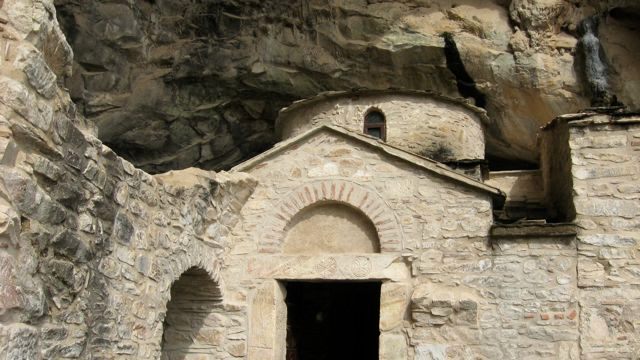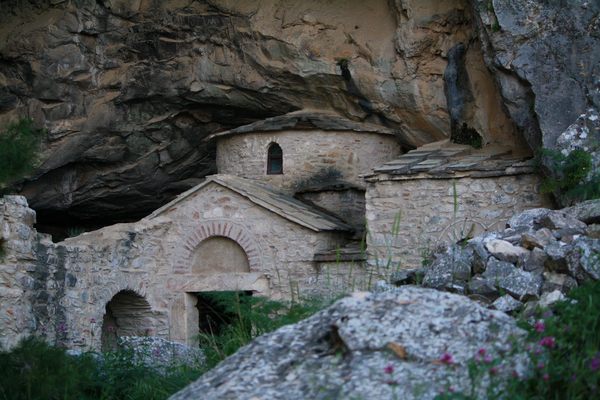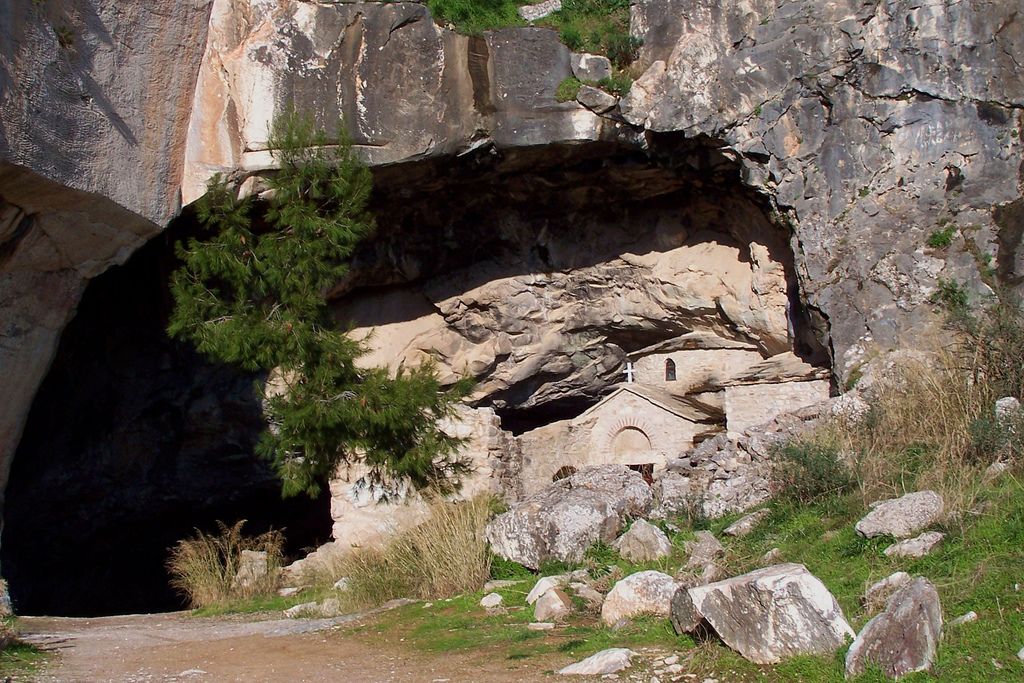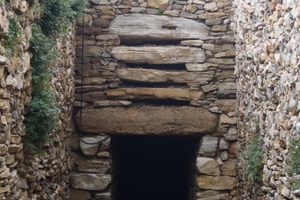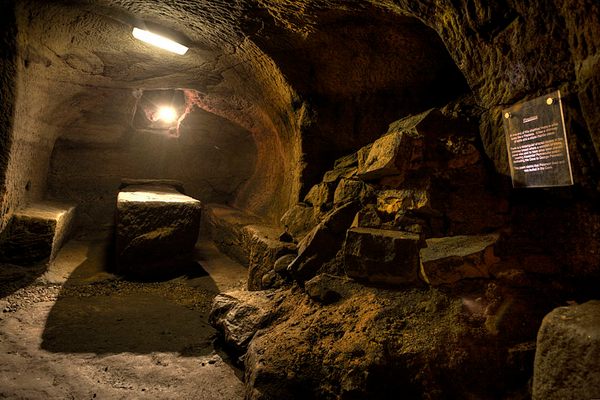About
One of the most mysterious places in Athens is rarely ever visited. This is in part because there is so much superstition surrounding the mountainside of Pendeli that even modern people are hesitant to explore it.
Pendeli Mountain is historically important because it's where the marble for the Parthenon was quarried. The stone was then moved down to the city with an intricate network of carts and pulleys, and you can still see the tracks today!
But the most fascinating thing about the mountain is certainly Davelis Cave, named for the nineteenth-century brigand named Davelis. His band used this cave as a hideout, and legend has it that there was a maze of tunnels there which could take him all the way to the mansion of his lover—reputedly a French Duchess living in the village of Pendeli. (Unfortunately, this legend is not true.)
Inside the cave is a rare double Byzantine church built directly into the rock. One half is dedicated to St. Spyridon and the other to St. Nicolas. It was used by twelfth-century Christian hermits associated with the Gnostics. A bit deeper into the cave, an even older god was worshiped—Pan. Many artifacts excavated from the Pendeli cave depict Pan and his nymphs. These objects can now be seen in the Archaeological Museum of Athens. Another rather peculiar finding from the cave was a naturally mummified body of a woman that now is kept at the Museum of Criminology in Athens.
The cave has been plagued with rumors and strange sightings, including electronics going haywire, water rolling up instead of down, and sightings of cat-like creatures walking on two legs. On the left wall, you can see the etchings of past travelers, including several nineteenth- and early twentieth-century English writers.
Should you visit the cave, you will need to arrange transportation, as there is no public means of getting past neo-Penteli village. But please be respectful: The cave has no guards or gates, so it is unprotected as of now. Some of locals and nature enthusiasts are wary of the comings and goings of visitors, however, due to vandalism and accounts of occult sacrifices.
Related Tags
Community Contributors
Added By
Published
February 11, 2010
